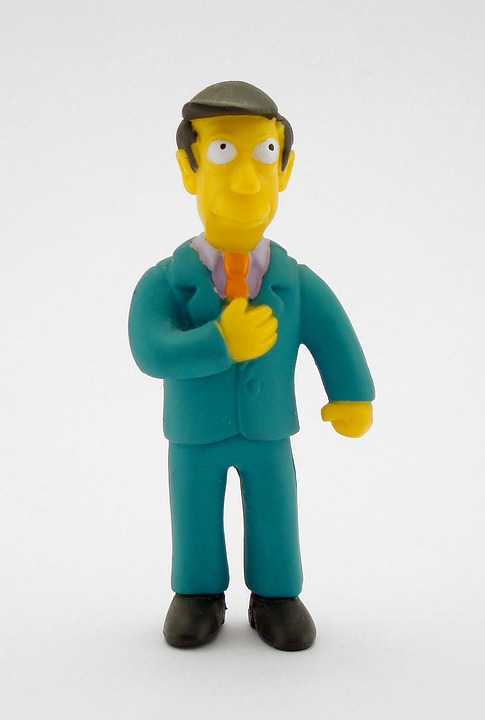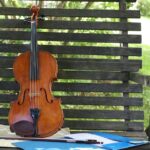The Role of a Principal Violist
As a principal violist, you hold a significant position within an orchestra or ensemble. Your responsibilities go beyond simply playing your instrument – you are a leader among your fellow violists and an important link between the conductor and the string section. Let’s take a closer look at the specific responsibilities that come with being a principal violist.
Artistic Leadership
One of the main responsibilities of a principal violist is to provide artistic leadership within the viola section. This includes setting the tone for the section’s sound, leading by example in terms of musical interpretation and technique, and ensuring that all violists are prepared and performing at their best. As the principal violist, you are responsible for maintaining a high standard of playing within the section and working with your colleagues to achieve a cohesive sound.
Additionally, the principal violist often serves as a liaison between the conductor and the viola section. You may be called upon to communicate the conductor’s musical intentions to the section, provide feedback and guidance during rehearsals, and help ensure that the section is cohesive and well-prepared for performances. Your role as a leader within the viola section is crucial to the overall success of the orchestra or ensemble.
Technical Mastery
As a principal violist, you are expected to have a high level of technical proficiency on your instrument. This includes excellent intonation, bow control, tone production, and overall musicianship. You should be able to perform challenging repertoire with precision and artistry, setting a standard for the rest of the viola section to aspire to.
In addition to your own technical abilities, you may also be responsible for helping to coach and mentor less experienced violists within the section. This could involve providing guidance on fingering, bowing, shifting, and other technical aspects of playing the viola. Your expertise and experience can be invaluable in helping your colleagues improve their skills and develop as musicians.
Rehearsal and Performance Preparation
Another important responsibility of a principal violist is to ensure that the viola section is well-prepared for rehearsals and performances. This includes practicing your parts thoroughly, marking bowings and fingerings, listening to recordings of the repertoire, and familiarizing yourself with the conductor’s interpretation of the music.
During rehearsals, you may be called upon to lead sectionals, provide feedback on the section’s playing, and assist with any technical challenges that arise. You should be proactive in addressing any issues that may arise within the section and work collaboratively with your colleagues to achieve a polished and unified sound.
When it comes time to perform, the principal violist plays a crucial role in ensuring that the viola section is well-coordinated and performing at its best. You must be attentive to cues from the conductor, communicate effectively with the rest of the section, and provide leadership in maintaining a cohesive and expressive interpretation of the music.
Collaboration and Communication
Effective collaboration and communication are key aspects of being a successful principal violist. You must be able to work harmoniously with your colleagues within the viola section, as well as with the conductor, concertmaster, and other members of the orchestra or ensemble.
Clear communication is essential in order to ensure that everyone is on the same page musically and artistically. This may involve providing feedback to your colleagues, discussing bowings and fingerings, communicating the conductor’s instructions, and working together to achieve a unified sound and interpretation.
Collaboration extends beyond just working within the viola section – as a principal violist, you are a key member of the string section and the orchestra as a whole. You must be able to work effectively with all members of the ensemble, contribute positively to rehearsals and performances, and support the overall artistic vision of the conductor.
Professionalism and Dedication
Above all, being a principal violist requires a high level of professionalism and dedication to your craft. You must be committed to continuous improvement, strive for excellence in your playing, and demonstrate a strong work ethic in all aspects of your musical career.
Professionalism also encompasses qualities such as punctuality, reliability, and a positive attitude. You should be prepared to fulfill your responsibilities as a principal violist with enthusiasm and a willingness to work collaboratively with your colleagues.
By embodying these qualities and responsibilities, a principal violist plays a crucial role in the success of an orchestra or ensemble. Your leadership, technical proficiency, preparation, communication, and professionalism are essential in creating a cohesive and dynamic musical experience for audiences and musicians alike.


